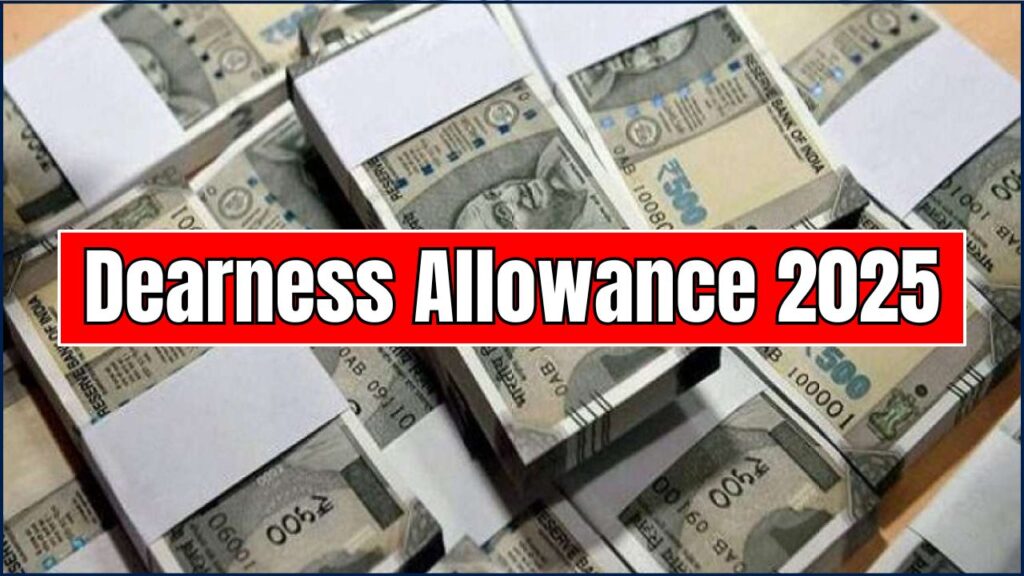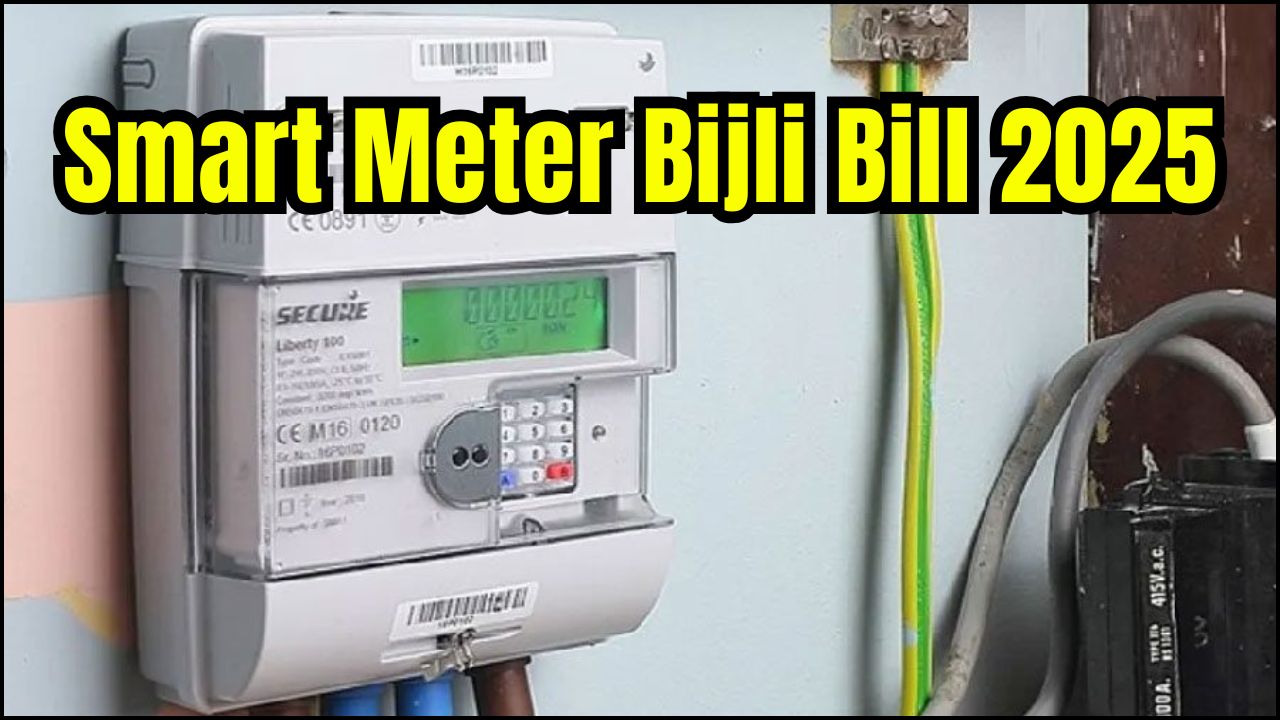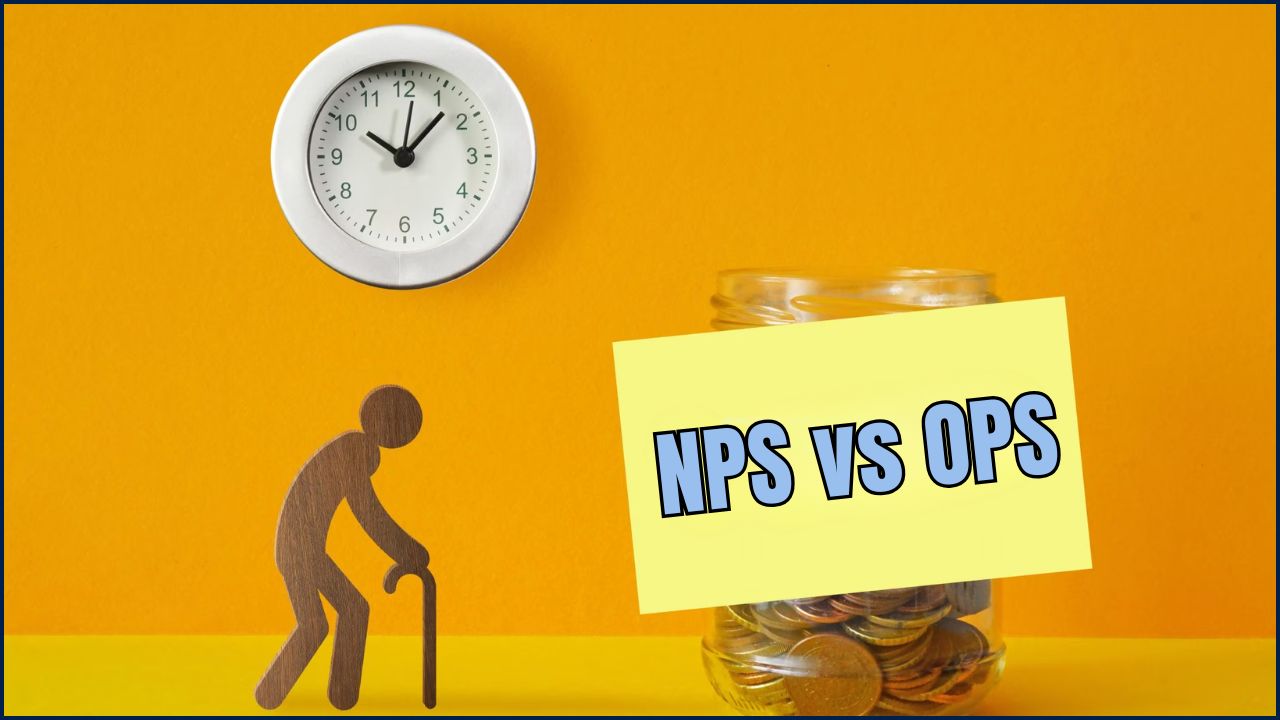The year 2025 is gearing up for a significant shift in the world of government employees, especially when it comes to the much-awaited Dearness Allowance (DA). If you’re wondering what this means for your paycheck, how much more you’ll receive, and when it’ll take effect, you’ve come to the right place.

In this article, we’ll dive deep into the 2025 DA hike, providing clarity on everything—from how the increase is calculated to the long-term implications for central government employees and pensioners. We will also explore historical context, practical advice, and insights into what you can expect financially when the DA revision takes effect.
Dearness Allowance 2025
| Key Info | Details |
|---|---|
| Expected DA Hike | 3% – 4% increase from July 2025 |
| New DA Percentage | 58% – 59% of basic salary |
| Effective Date | From July 2025 |
| Possible DA Calculation Formula | Based on All India Consumer Price Index for Industrial Workers |
| Government Announcement Date | September or October 2025 |
| End of 7th Pay Commission | December 31, 2025 |
| Transition to 8th Pay Commission | Likely to introduce new salary structures from January 2026 |
The 2025 Dearness Allowance (DA) hike offers a much-needed boost for government employees and pensioners. With a projected increase of 3-4%, this change will help workers keep pace with rising inflation and improve their standard of living. As the 8th Pay Commission approaches, further adjustments in government pay structures will continue to shape the future of DA.
What Is Dearness Allowance (DA)?
Before we get into the 2025 DA hike, let’s take a moment to understand what Dearness Allowance (DA) is. At its core, DA is an inflation-adjustment benefit provided by the government to its employees and pensioners. Its purpose is simple: to offset the rising cost of living and help maintain purchasing power amidst inflation.

DA is usually a percentage of an employee’s basic salary, and it’s calculated based on the Consumer Price Index (CPI), which tracks changes in the price of goods and services. The DA allows the government to ensure that the real value of an employee’s pay doesn’t erode due to inflation. It’s a lifeline for many government workers, especially those in fixed-pay roles.
Understanding the DA Hike for 2025: What’s Coming?
In 2025, the government is expected to hike the DA by 3% to 4%, which will bring the total DA to 58% to 59% of the basic salary. If you’re an employee with a basic pay of ₹50,000, for instance, you’ll see an additional ₹1,500 to ₹2,000 in your monthly salary.
Here’s how the DA hike might impact your income:
Example: Impact of DA on Salary
- Basic Pay: ₹50,000
- Current DA (55%): ₹50,000 x 55% = ₹27,500
- New DA (58%): ₹50,000 x 58% = ₹29,000
- Difference: ₹29,000 – ₹27,500 = ₹1,500
This is a practical example, but the actual increase will vary based on your salary. For higher-salary employees, the difference could be significant.
How Is the DA Calculated?
The DA is based on the All India Consumer Price Index for Industrial Workers (AICPI-IW), which tracks inflation across a range of essential goods and services. Every six months, the government reviews the CPI data and adjusts the DA accordingly.
Key Factors Affecting DA Calculation:
- Inflation: The higher the inflation rate, the more DA employees are likely to receive.
- CPI Trends: This is the key index used to assess inflation and set DA rates.
- Economic Conditions: Broader economic trends (like global crises, supply chain disruptions, or domestic inflation) also influence DA adjustments.
In the case of the 2025 hike, inflation has been on the rise due to both domestic and global factors, contributing to a higher projected DA increase.
Historical Context: Evolution of DA Over Time
Dearness Allowance has been a key part of government salaries for decades. Historically, DA has evolved as a response to inflationary pressures, and it’s adjusted every six months based on CPI data. Let’s take a brief look at how the DA has changed over the years:
- 1986: DA was first introduced to help counter inflation, with a modest increase in government salaries.
- 1990s: The rate of DA increases became more pronounced, aligning with the rise in the cost of living.
- 2000s-Present: With growing inflation, DA has seen substantial hikes, with the current DA rate reaching up to 55% by 2024.
Each increase in DA over the years has been designed to ensure that government employees and pensioners don’t lose out on their purchasing power. The 2025 DA hike continues this trend, helping employees stay ahead of rising costs.
What Does This Mean for Pensioners?
The DA increase isn’t just for active government employees. Pensioners, too, benefit from this hike. The new DA will be applied to their monthly pension, ensuring they maintain their purchasing power even after retirement.
In some cases, pensioners have noted that this increase has been crucial in maintaining their standard of living, especially with rising healthcare and living expenses.
International Comparison: How DA Works in Other Countries
While DA is a uniquely Indian system, several countries have similar allowances to address inflation. For instance:
- United States: The Cost of Living Adjustment (COLA) is similar to DA in India. It’s applied to Social Security benefits and federal employees’ pay, often based on the CPI.
- Canada: Employees and pensioners receive Consumer Price Index adjustments to ensure their incomes match the cost of living, much like the DA system in India.
- United Kingdom: The State Pension is adjusted based on inflation, ensuring retirees can maintain their purchasing power.
Though these systems work in similar ways, India’s DA system is more directly tied to inflation trends and is implemented semi-annually, offering more frequent updates than some of these counterparts.
What Does This Mean for the Economy?
While the DA hike benefits government employees directly, it also has a broader impact on the economy. Here’s how:
- Increased Disposable Income: As employees get higher pay, they’re likely to spend more, which can boost local economies.
- Potential Inflationary Effects: With more disposable income circulating in the economy, there could be a slight increase in demand for goods and services, which may lead to higher prices in the long run.
- Government Expenditure: The DA hike increases the burden on the government’s budget, which might influence future tax policies or budget allocation.
Practical Tips for Managing Your Increased Income
If you’re a government employee and expect a DA hike soon, here are a few ways to manage your new income wisely:
- Start Saving: Put the extra money in a high-interest savings account or an investment fund. The DA hike can act as a perfect opportunity to build your financial cushion.
- Tackle Debt: Use the increased DA to pay down high-interest debt, such as credit cards or loans.
- Invest for the Future: Consider setting aside some of the increase for long-term goals, like retirement or your child’s education.
FAQs
1. How is the DA calculated?
DA is calculated based on the Consumer Price Index (CPI) and adjusted every six months. The government reviews inflation data and makes the necessary changes.
2. When will the DA hike be implemented?
The DA increase will take effect in July 2025, with official announcements expected in September or October 2025.
3. What is the impact of DA on pensioners?
Pensioners will also benefit from the DA hike, with their pensions increasing to reflect the rise in the cost of living.
4. How will this impact my salary?
If you earn ₹50,000 as basic pay, the DA increase will likely add ₹1,500 to ₹2,000 per month to your salary.
5. What’s next after the 7th Pay Commission?
The 8th Pay Commission is expected to kick in from January 2026, bringing more changes to salary structures and possibly merging DA with basic pay.








